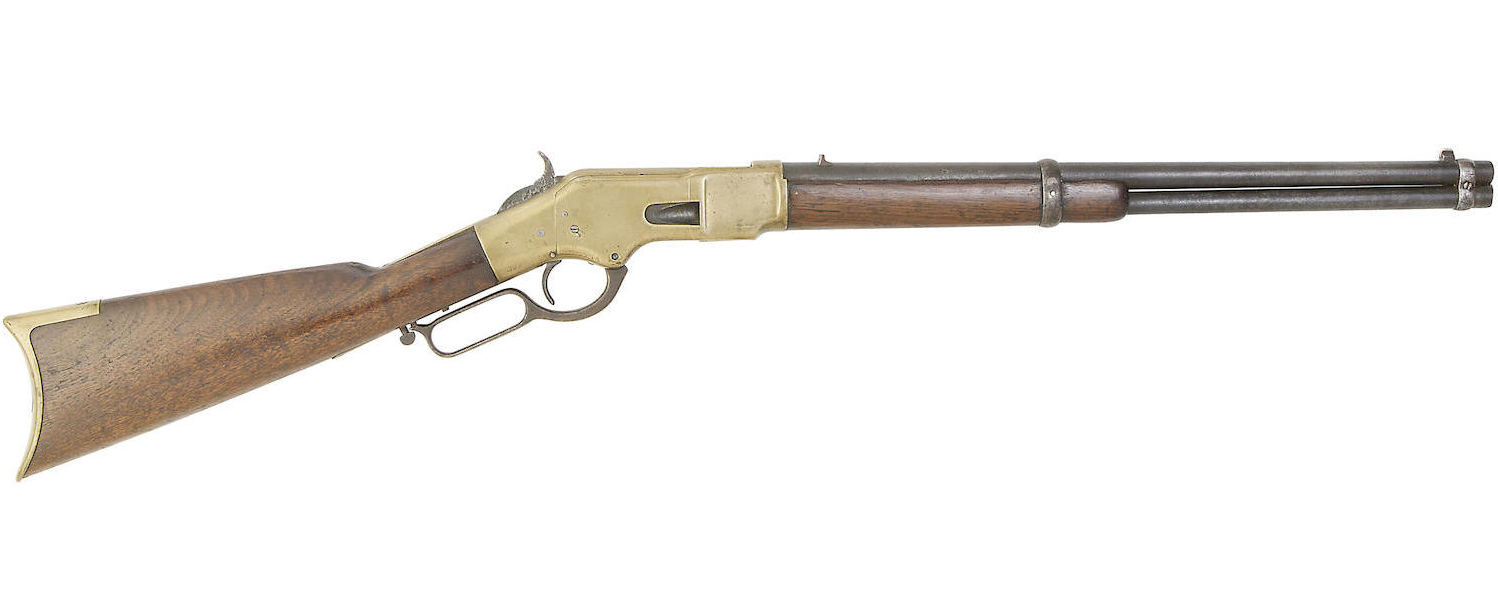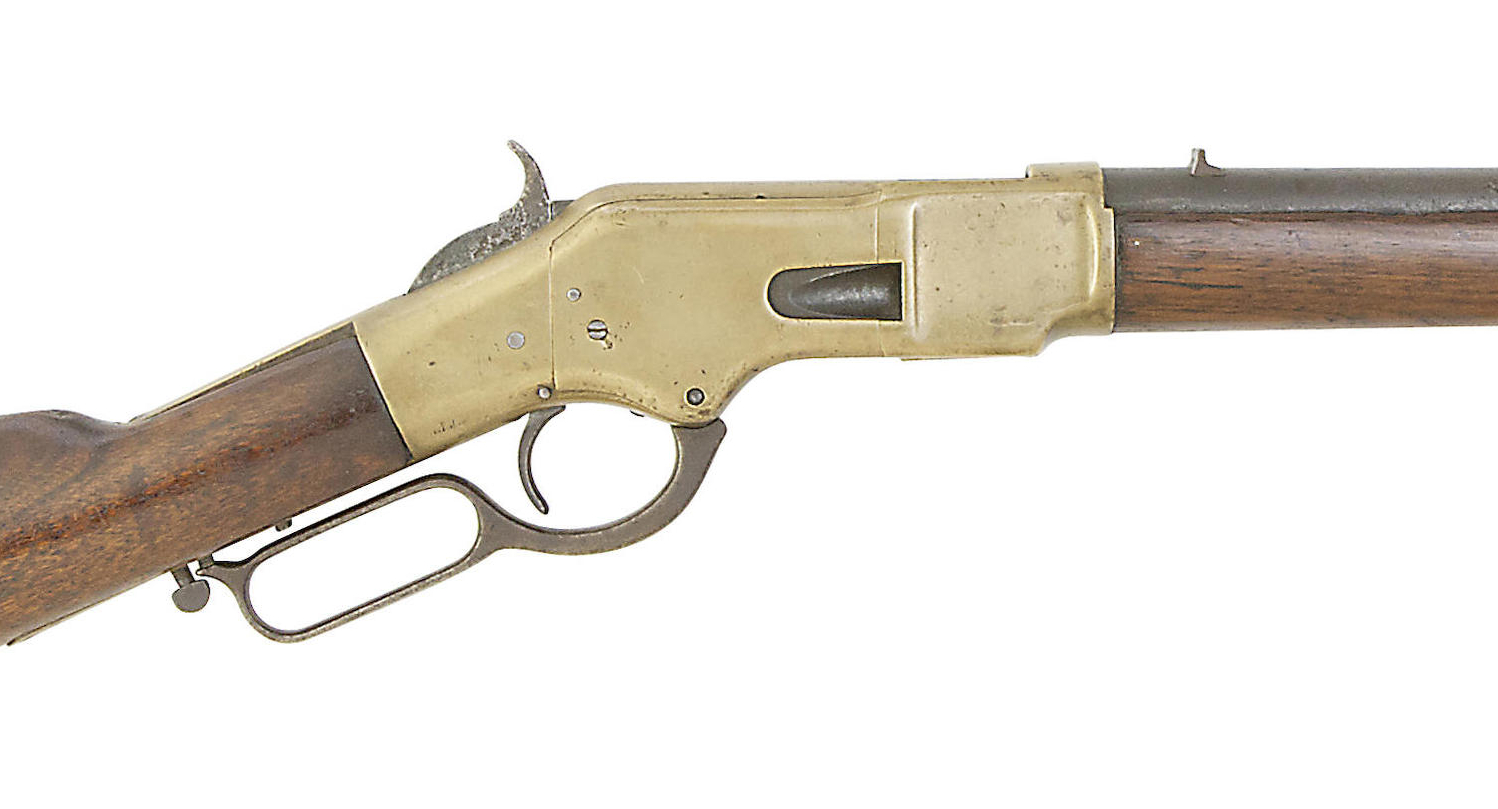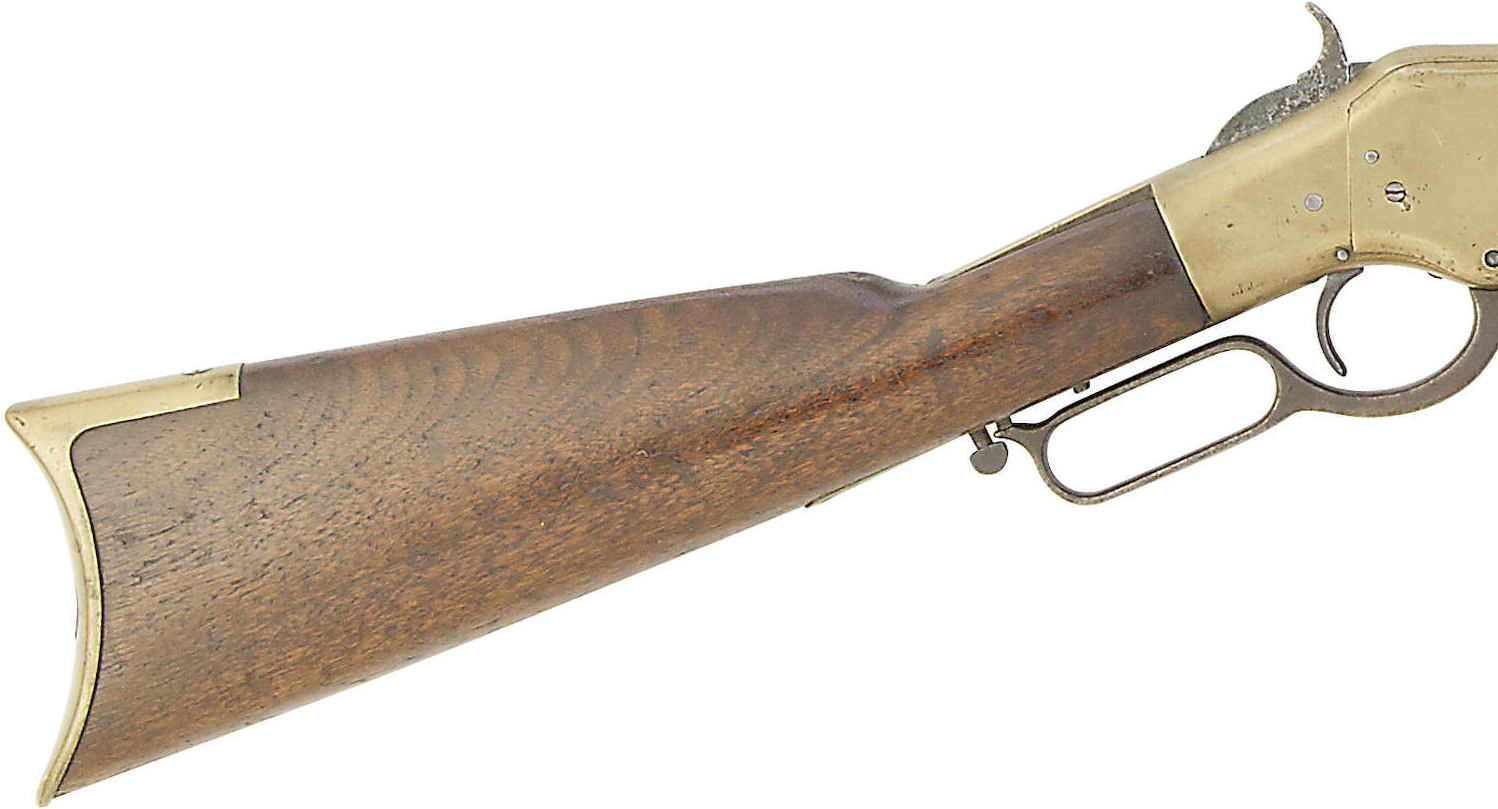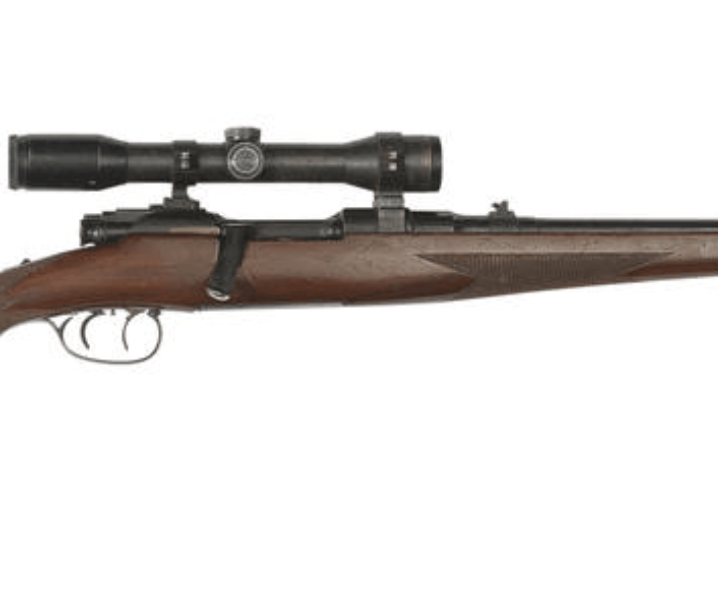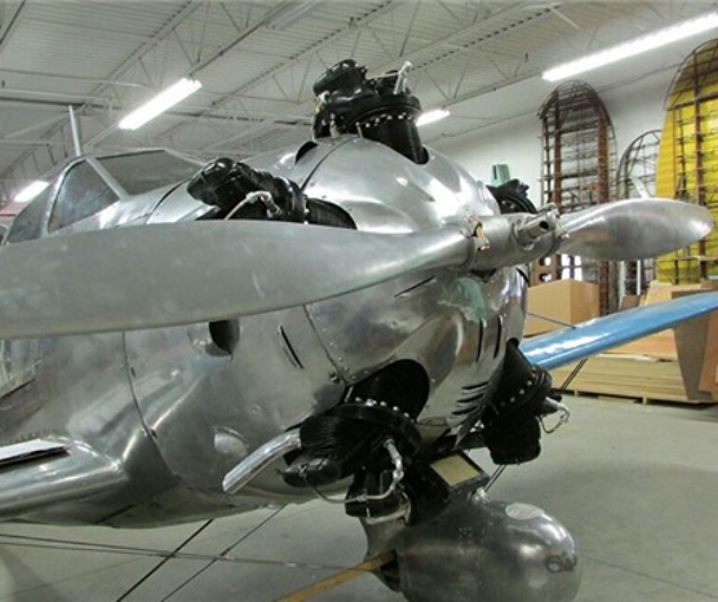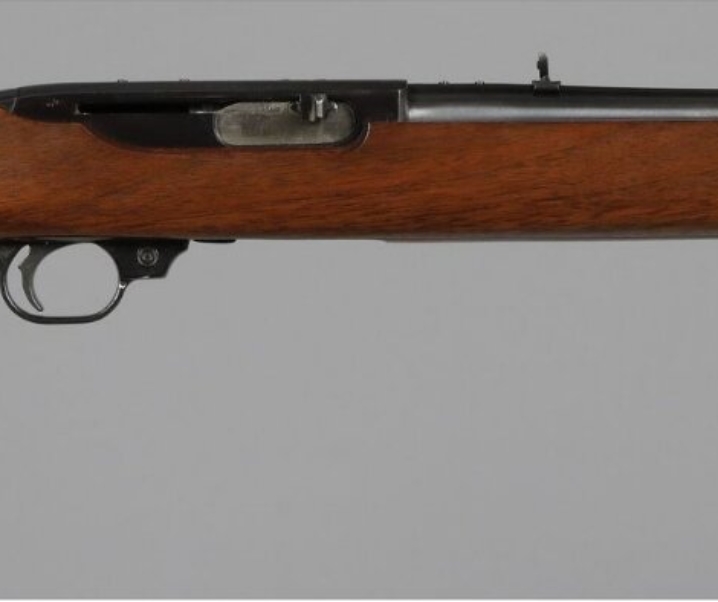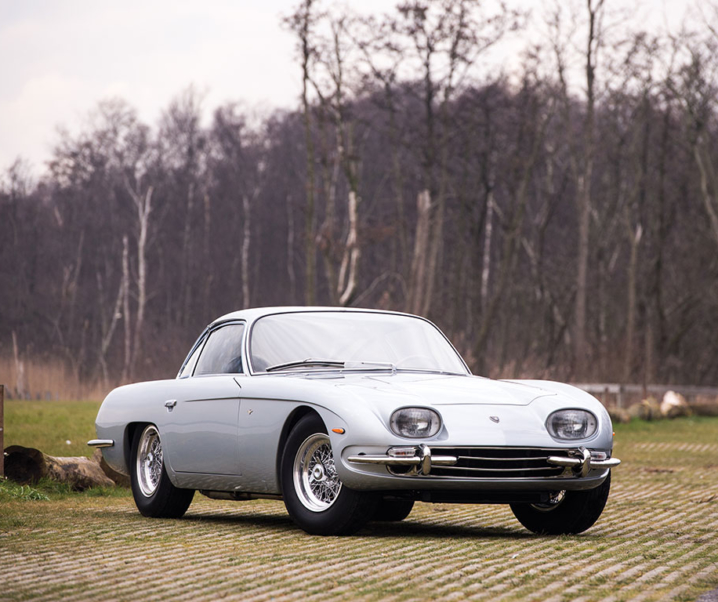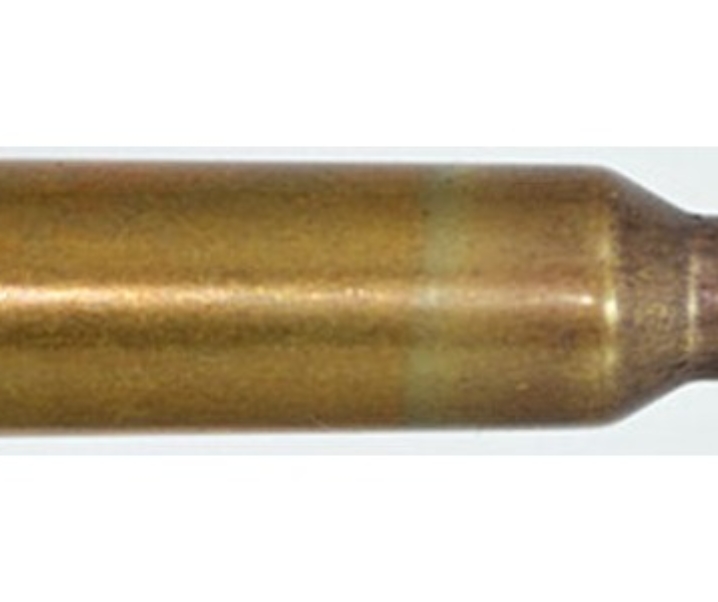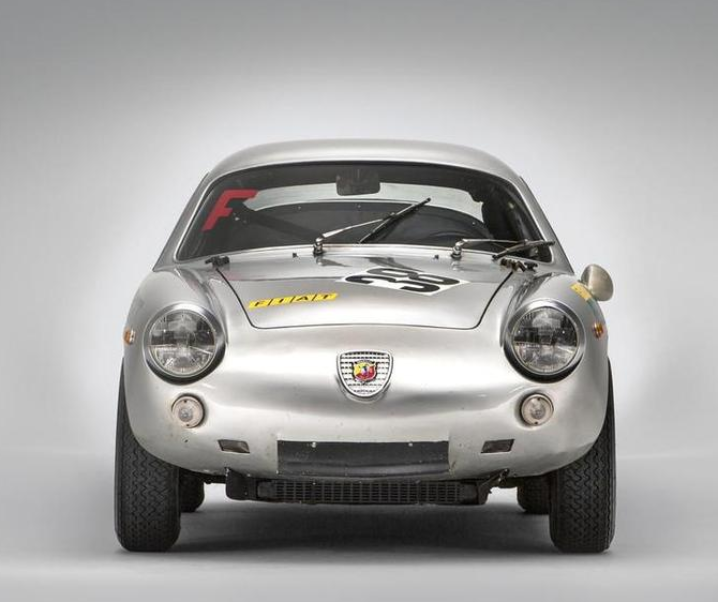In the blackpowder era there was much activity in attempting to move away from muzzle loading firearms, which were slow to reload and in any combat situation were at a distinct disadvantage, to the ability to give a firearm multi-shot capability. One of the designs that showed promise was the lever action Volcanic rifle and pistol made by the Volcanic Repeating Arms Company. However, the Volcanic system was not reliable. The system depended on a bullet which had a hollow base holding the powder and a plate with a mercury fulminate primer. As such the system assumed there was no need for an extractor and if the Volcanic bullet fired correctly all was well. However, if there was a misfire the bullet was lodged in the chamber and removing it involved pushing a cleaning rod down the barrel from the muzzle end to knock the bullet out. It was soon discovered that trying to knock a bullet out this way could cause it to discharge sending bullet and cleaning rod out of the barrel and in the direction of the hand holding the cleaning rod. Not a nice outcome.
So the Volcanic was a promising design but with a fatal flaw. What was needed was something that would provide a means of satisfactorily dealing with a mis-fire quickly and safely. A rifle often had to be used in the face of someone who intended to do you harm and reliability was of supreme importance. The Volcanic Repeating Arms Company progressively moved into financial difficulty, Horace Smith and Daniel B. Wesson sold their share of the company to Oliver Winchester who created the New Haven Arms Company, and Smith and Wesson went on to create the revolver company that made the revolvers with which their names are now synonymous, the company that would ultimately create Inspector Harry Callahan’s .44 Magnum revolver of “Dirty Harry” fame, the revolver which ensured Smith and Wesson’s legendary status. Meanwhile Oliver Winchester employed B. Tyler Henry to solve the stuck case design problem of the Volcanic lever action and create a really reliable repeating rifle for the “Wild West”.
B. Tyler Henry saw that Daniel B. Wesson had developed a .22 rimfire cartridge to solve the problem of a self contained cartridge that could be easily extracted. So he went ahead and created a .44 rimfire cartridge and re-designed the Volcanic lever action rifle around it. The patents were assigned to Oliver Winchester’s New Haven Arms Company and the Henry rifle went on to become “The gun that won the west” in its original and various later updated versions made by Winchester and Marlin.
This 1866 third model .44 rimfire Winchester Henry “Yellow Boy” lever action rifle is coming up for sale by Bonhams at their Antique Arms and Armour auction to be held in London on 11th May 2016.
You will find the auction page if you click here.
This rifle which is around 140 years old is described by Bonhams as follows:-
“A .44 Winchester 1866 third model ‘Yellow Boy’ rim-fire repeating rifled carbine No. 73100 ME, circa 1870: With round sighted russet barrel retained by two barrel bands and stamped with maker’s details and patent dates in front of the block back-sight, tubular magazine beneath, brass action (minor bruising) and elevator-block, russet lever and saddle-sling, the former with threaded catch, figured butt and fore-end, and curved brass butt-plate with hinged circular butt-trap cover (cleaning rod missing, some wear and rust patination overall, hammer pitted) 50.8 cm. barrel“.
Examination and professional valuation are recommended prior to bidding.
This is the rifle described by a Confederate Officer during the American Civil War as “That damned Yankee rifle that can be loaded on Sunday and fired all week!”. This is the rifle that American Indians called the “Many shots” or “Spirit gun” and if they could get their hands on one they did. This is the rifle that became the icon of the American West along with the Colt single action revolver known as the Peacemaker. This is “The gun that won the West”.
(All pictures courtesy Bonhams).

Jon Branch is the founder and senior editor of Revivaler and has written a significant number of articles for various publications including official Buying Guides for eBay, classic car articles for Hagerty, magazine articles for both the Australian Shooters Journal and the Australian Shooter, and he’s a long time contributor to Silodrome.
Jon has done radio, television, magazine and newspaper interviews on various issues, and has traveled extensively, having lived in Britain, Australia, China and Hong Kong. His travels have taken him to Indonesia, Israel, Italy, Japan and a number of other countries. He has studied the Japanese sword arts and has a long history of involvement in the shooting sports, which has included authoring submissions to government on various firearms related issues and assisting in the design and establishment of shooting ranges.

